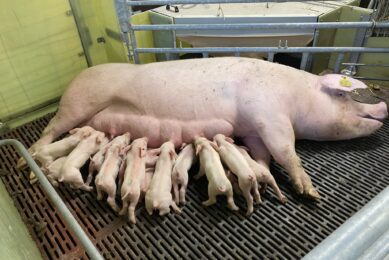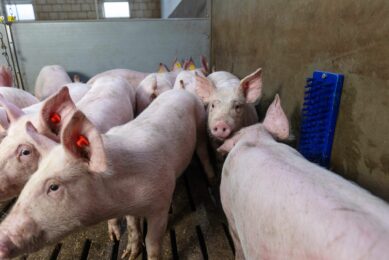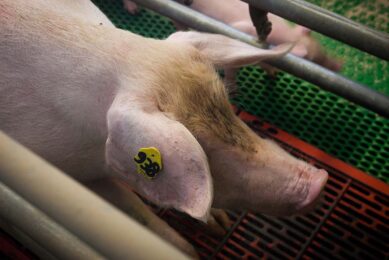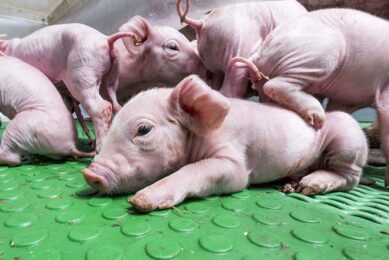Social behavior in swine and its impact on welfare
Jeremy N. Marchant-Forde : USDA-ARS, Livestock Behavior Research Unit, Purdue University, West Lafayette, IN, USA
Introduction
Pigs are social animals. From an evolutionary perspective, being social conveys a number of benefits, but potentially some disadvantages, especially for certain individuals within the group. Living in a social group can reduce predation, improve successful foraging, improve rearing of off spring, increase chances of mating and help thermoregulation. On the fl ip side, a group can be more conspicuous to a predator, competition within the group can reduce access to resources for some individuals, and may increase the risk of disease (1).
By definition, “social behavior is comprised of those patterns of behavior that involve two or more members of a species” (2). Thus, social behavior includes sexual behavior and parental behavior. However, the emphasis of this manuscript will be on those behaviors that relate to formation and maintenance of social organization in swine, namely those centered on aggression and social dominance, as these are the aspects of social behavior in swine that have garnered most attention in relation to the animal’s welfare. The animal’s welfare can be defined as its state as regards its attempts to cope with its environment (3).
For full presentation see attached pdf
Join 18,000+ subscribers
Subscribe to our newsletter to stay updated about all the need-to-know content in the pigsector, three times a week. Beheer
Beheer










 WP Admin
WP Admin  Bewerk bericht
Bewerk bericht